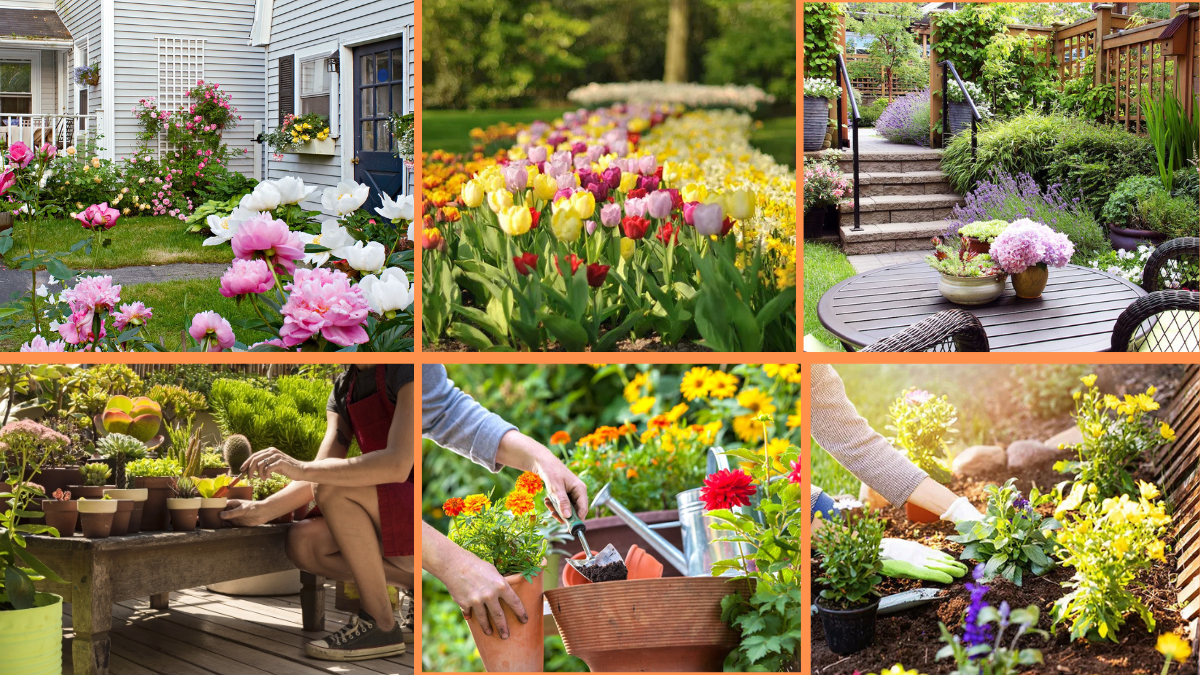Starting a flower garden is one of the most rewarding ways to bring beauty and tranquility into your home. However, many aspiring gardeners hesitate because they think it’s expensive and complicated. The good news is — you don’t need a big budget to start a stunning flower garden! With some smart planning, creativity, and resourcefulness, you can cultivate a colorful garden without breaking the bank.
In this article, we’ll share 10 practical tips to help you start a flower garden on a budget — from choosing affordable plants to DIY techniques that save money and add personal charm.

1. Plan Your Garden Before You Buy Anything
The first step to gardening on a budget is planning. Without a clear plan, you might end up buying unnecessary items or plants that don’t thrive in your space.
- Assess your space: Measure the area where you want to plant. Note sunlight hours, soil type, and drainage.
- Design your layout: Sketch your garden, marking where you want different flowers or features.
- Choose plants wisely: Select flowers suited to your climate and light conditions to avoid costly trial and error.
- Budget estimate: Make a list of needed supplies and plants, then set a spending limit.
Planning helps avoid impulse purchases and ensures you invest in plants and materials that will truly flourish.
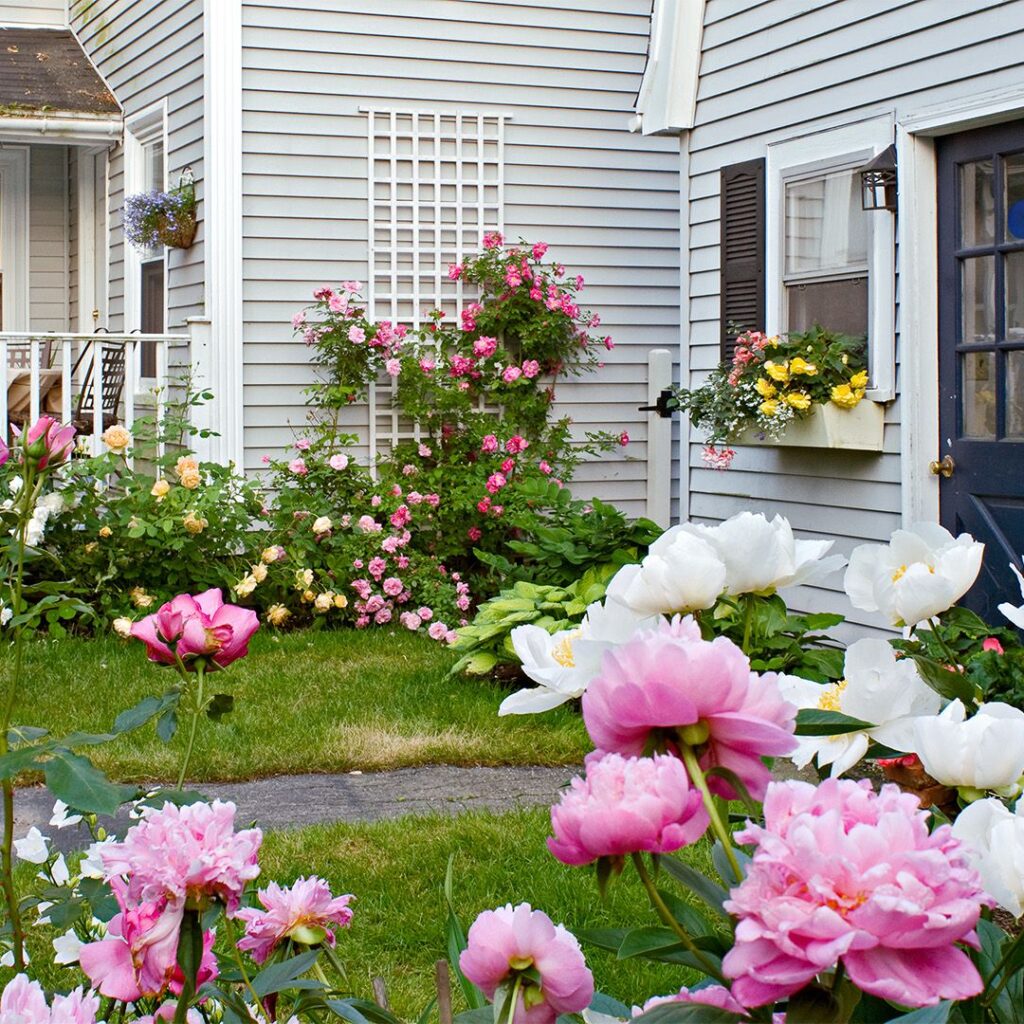
2. Start Small and Expand Gradually
Starting with a small garden bed or just a few pots allows you to spread out your costs over time.
- Focus on a manageable space: A 4×4 foot flower bed or a collection of pots on a balcony is a great start.
- Expand gradually: As your budget and skills grow, add more plants or sections.
- Benefits: This approach prevents overwhelming expenses and lets you learn as you grow.
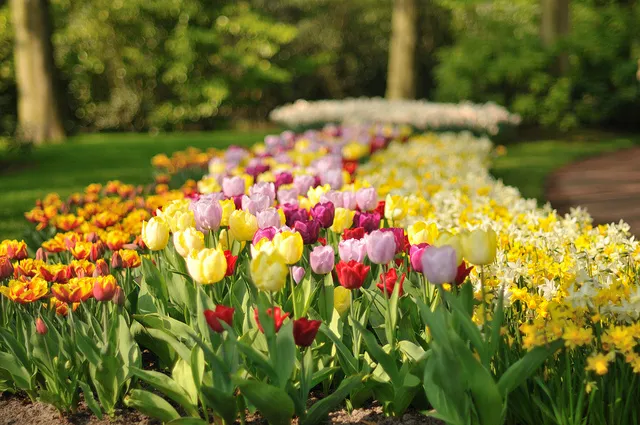
3. Choose Easy-to-Grow, Low-Cost Flowers
Some flowers are not only beautiful but also affordable and easy to grow, perfect for beginners on a budget.
- Examples: Marigolds, zinnias, cosmos, sunflowers, and pansies.
- Benefits: These flowers often grow quickly from seed, reducing the need to buy mature plants.
- Seed packets: Seeds are much cheaper than seedlings or mature plants and often yield dozens of flowers.
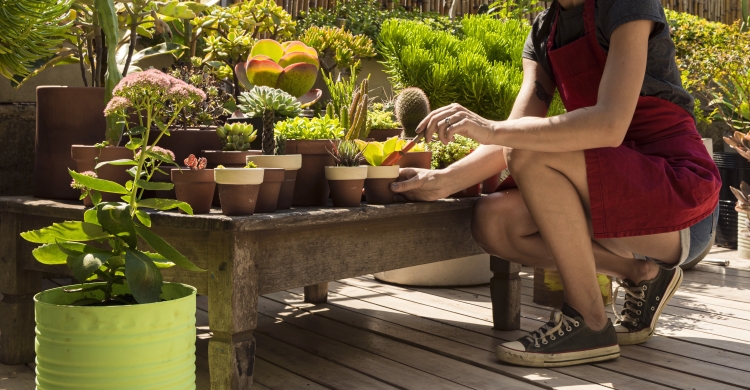
4. Use Seeds Instead of Buying Mature Plants
Buying seeds is one of the most cost-effective ways to start a flower garden.
- Advantages of seeds: Much cheaper than buying young plants or mature flowers.
- Starting seeds at home: Use inexpensive seed trays or recycled containers like yogurt cups.
- Patience: Seeds take time to germinate and grow, but the wait is worth it — many seeds produce multiple flowers.
- Tip: Purchase seed packets from local stores or online, and consider swapping seeds with fellow gardeners.

5. Propagate and Divide Plants You Already Have or Can Get for Free
Plant propagation and division are budget-friendly ways to increase your flower collection without buying more plants.
- Propagation: Many plants like begonias, coleus, and geraniums root easily from cuttings.
- Division: Perennials like hostas, daylilies, and chrysanthemums can be split into smaller plants.
- Get freebies: Ask friends, neighbors, or local garden groups for plant divisions or cuttings.
- Benefits: Propagation saves money and helps create a garden full of plants you love.
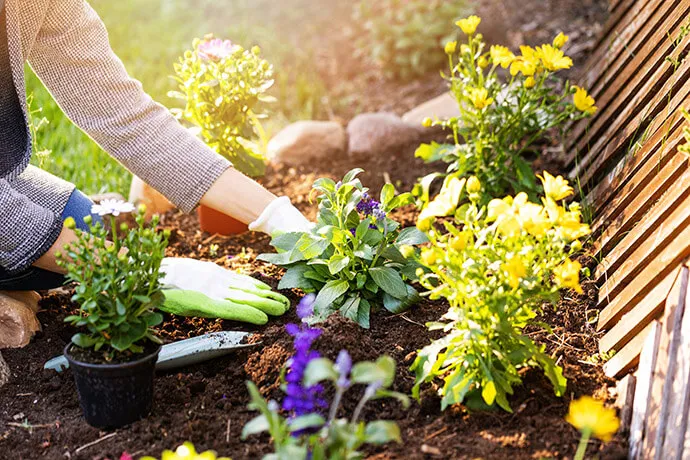
6. Repurpose and Reuse Containers and Materials
Instead of buying new pots and garden materials, think creatively about what you already have.
- Containers: Old buckets, tin cans, wooden crates, or even broken wheelbarrows can become charming planters.
- Garden markers: Use popsicle sticks, stones, or old cutlery to label plants.
- Mulch and compost: Use shredded leaves, grass clippings, or kitchen scraps to enrich your soil for free.
- DIY garden decor: Paint stones or create plant supports with sticks from your yard.
7. Shop Sales, Clearance, and Local Plant Swaps
Keep an eye out for sales and deals on plants and supplies.
- Nursery sales: Many garden centers have clearance sales in late summer or fall.
- Big box stores: They often discount plants near the end of the season.
- Local plant swaps: Join community gardening groups or online forums to swap plants or seeds.
- Benefits: You get more for less and may discover unique plants you wouldn’t find in stores.
8. Improve Your Soil Naturally
Good soil means healthy plants — and healthy plants need fewer costly fertilizers or pesticides.
- Test your soil: Use inexpensive kits to check pH and nutrient levels.
- Add organic matter: Compost, aged manure, or homemade compost improves soil fertility.
- Mulch: Mulching conserves moisture, reduces weeds, and enhances soil without chemical inputs.
- DIY compost: Start a compost bin with kitchen scraps and garden waste to create nutrient-rich soil amendments for free.
9. Water Wisely to Save Money and Plants
Watering correctly saves water bills and helps your garden thrive.
- Water early or late: Morning or evening watering reduces evaporation.
- Use rainwater: Collect rainwater in barrels for garden use.
- Mulch: Mulch helps retain moisture, reducing how often you need to water.
- Drip irrigation or soaker hoses: These options deliver water directly to roots and conserve water compared to sprinklers.
10. Maintain Your Garden Regularly to Avoid Costly Problems
Regular care prevents costly repairs or replacements later.
- Weed control: Remove weeds regularly to reduce competition.
- Deadheading: Remove spent flowers to encourage new blooms.
- Pest monitoring: Spot and treat pests early with natural remedies like neem oil or soapy water.
- Pruning: Keep plants healthy and in shape to prevent disease.
- Tip: A few minutes a day or week keeps your garden flourishing with minimal cost.
Bonus Tips: Creative Ideas for Budget-Friendly Flower Gardens
- Create a wildflower meadow: Wildflower seeds are inexpensive and attract pollinators.
- Use native plants: Native flowers usually need less water and care.
- Plant bulbs: Bulbs like tulips and daffodils multiply year after year.
- Combine perennials and annuals: Perennials give long-term structure, while annuals add affordable seasonal color.
Summary: Your Budget-Friendly Flower Garden Awaits!
Starting a flower garden on a budget is all about planning, patience, and creativity. By choosing the right plants, using seeds, propagating, repurposing materials, and maintaining your garden wisely, you can create a vibrant floral paradise without spending a fortune.
Remember, the joy of gardening comes not just from the flowers themselves, but from the process of nurturing life and watching your efforts bloom. So gather your seeds, put on your gardening gloves, and start your budget-friendly flower garden today!
